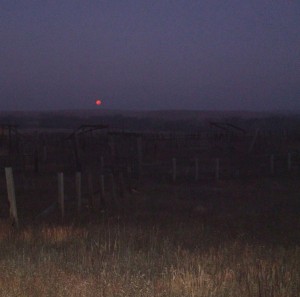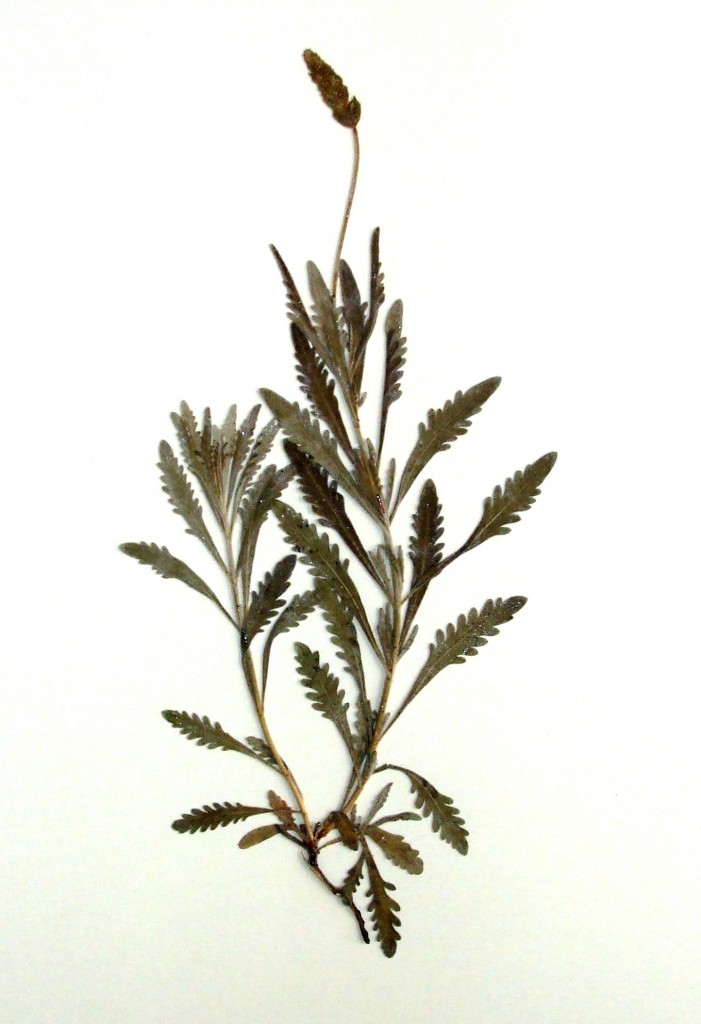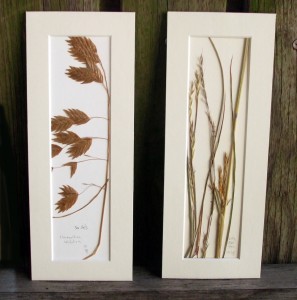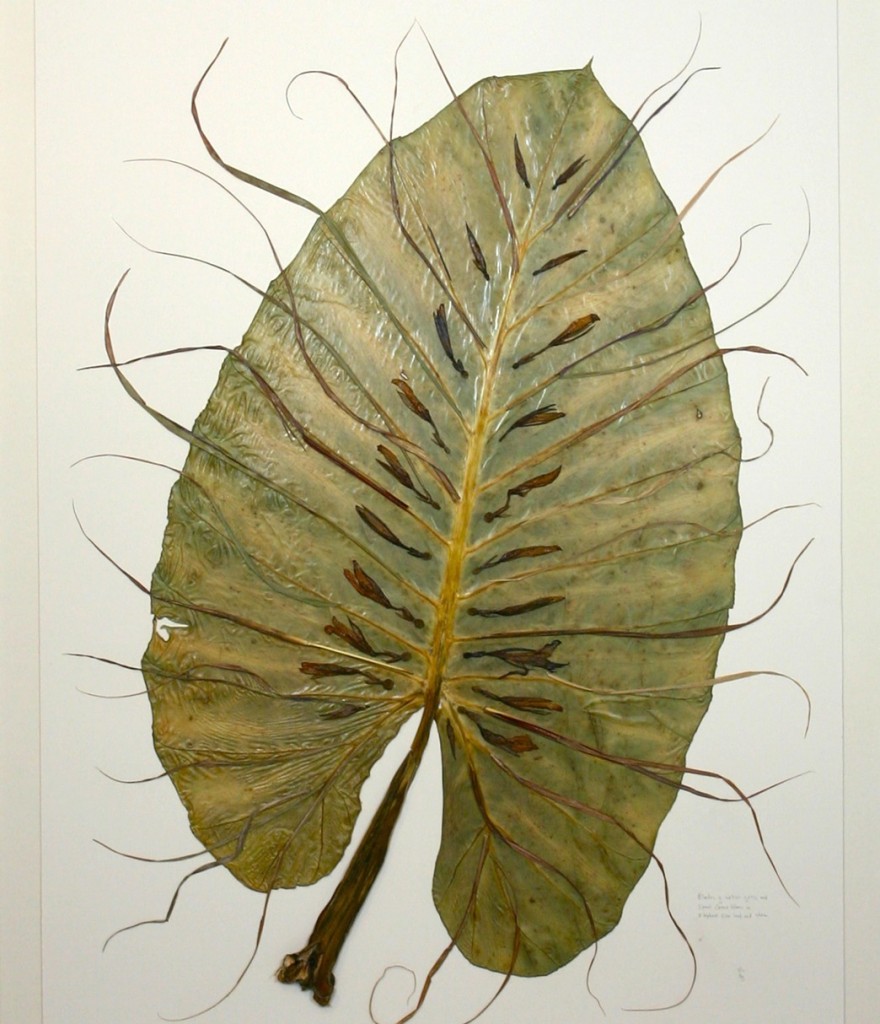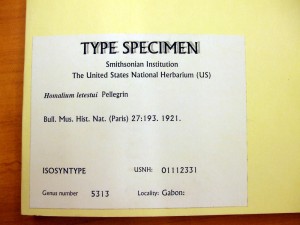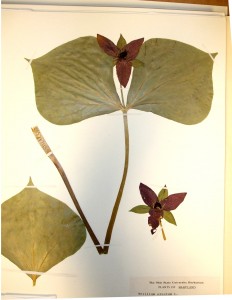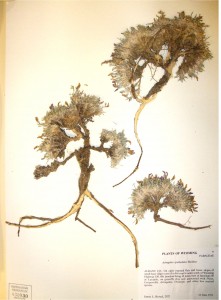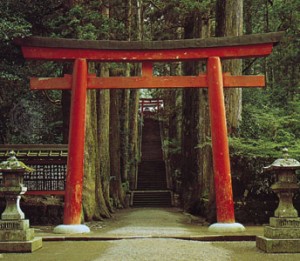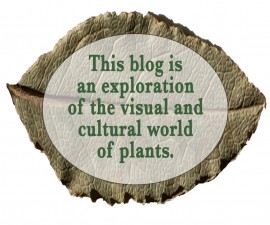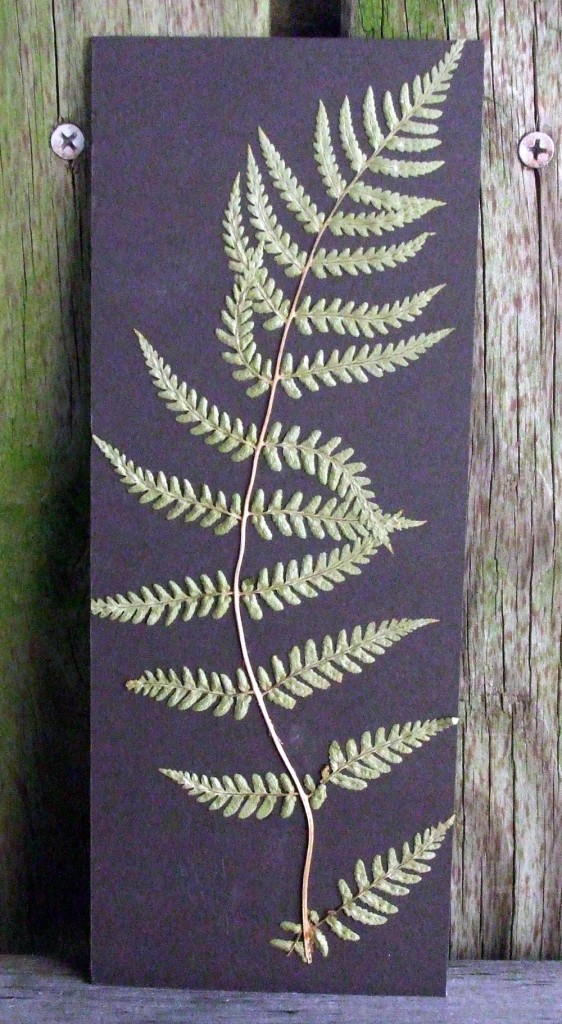My collaboration with U.M.K.C.’s Her Art Project at the Plaza Art Fair was designed to explore sharing plant art and dance with as many people as possible. I was excited for the opportunity to be in such a highly traffic-ed area. It turned out to be way more people than I had expected.
There were more kids than there was space at the art making table from the moment I arrived to the time I cleared the table. The kids were determined and focused – they seemed absolutely starved to create. There was little time to talk about their creations or about dance.
After the table was converted to another project, I issued the dance invitation to people who passed by U.M.K.C.’s tent dance, and then I went into the crowd. The invitation was for a dance dare: go up behind someone and do a great dance – without them knowing it – in exchange for an art card.

